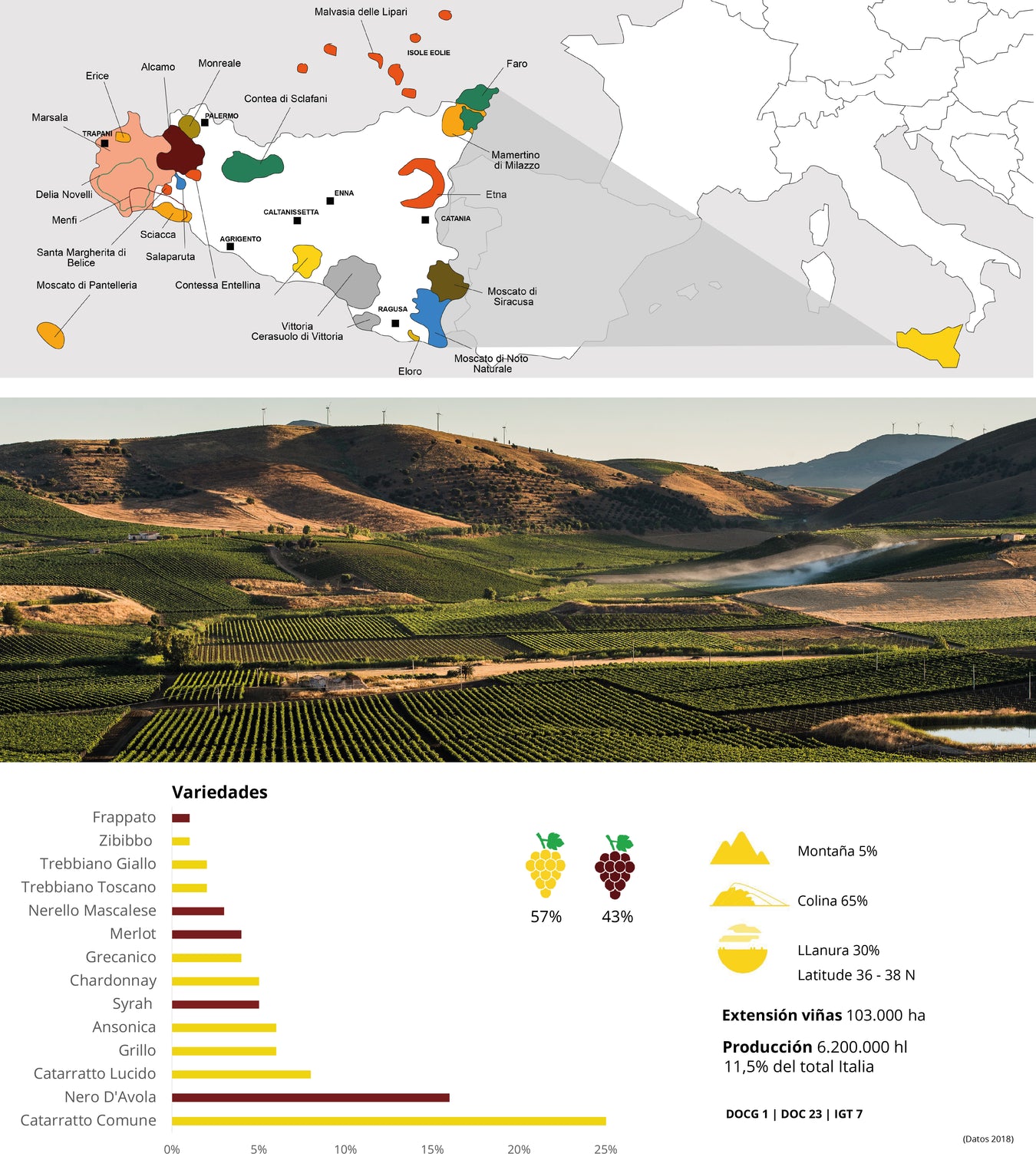
Sicily
For decades, Sicilian wine has been used as a cut wine for French and Piedmontese wines, due to the strong alcohol content,from the 70s, the refinement of winemaking techniques led to aincrease in the quality of the wines- The desire for highly alcoholic and full-bodied wines has been shelved in favor of fresher, more elegant and fragrant wines, often obtained from ancient and indigenous vines such as Catarratto, Grillo, Carricante, Frappato, Nerello and Nero d'Avola. They were joined by international vines such as Chardonnay and Sirah. The weather isMediterranean,the coastal areas are warm, arid and always windy with little precipitation, the interior with a temperate and humid climate. Precipitation concentrated mainly in the winter period is more abundant in the highest peaks of the region such as Etna where we have an alpine climate. Irrigation is often needed especially for international varieties. The dry climate favors biological viticulture.
In each area we can find very high quality wines; the area of Etna it is considered as an archipelago on the island. Etna is an active volcano that reaches 3,300 m in height. The relationship between altitude and exposure gives rise to different microclimates. The different eruptions of lava over time have created a great "puzzle", they are lieux dit that take the name of "contrade". The floors are lava. All the vineyards are ungrafted. Phylloxera does not attack the root of the plant. No synthetic substances are used in the vineyard and there is no mechanization.
It cannot be watered. The light that is reflected between the two seas and that is reflected in the perennial snow is very important for the ripening of the grape. Large thermal excursions, even 30 C, allow the aromas to crystallize. The wind allows late harvests and prevents mold growth.
The most common type of Etna wine is Etna Rosso DOC, made primarily from the Nerello Mascalese variety with the addition of up to 20 Nerello Cappuccio. Etna blanco DOC, on the other hand, is made up of at least 60 of Carricante grape, to which is added the Catarrattoto
Filters
-
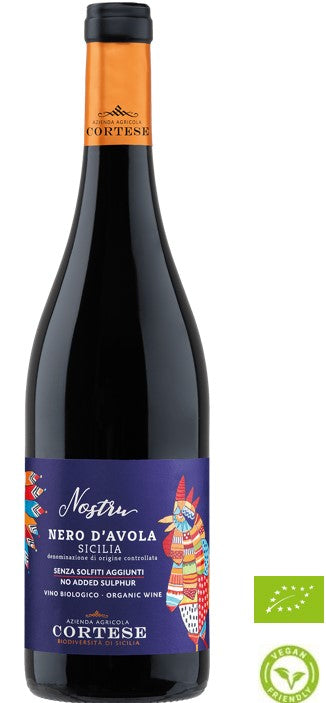 Sale
€0.00 EUR| /
Sale
€0.00 EUR| /Nostru Nero D'Avola 2021 - Cortese, Sicilia DOC (Sicilia) - Sin SO2 añadidos
CorteseTipología: TintoVariedad: Nero D’AvolaFormato: 0,75lAlcohol: 13,5% vol Consumo ideal: 2022/2025Temperatura de Servicio: 14-16°C NOTAS DE CATA Color...
View full details -
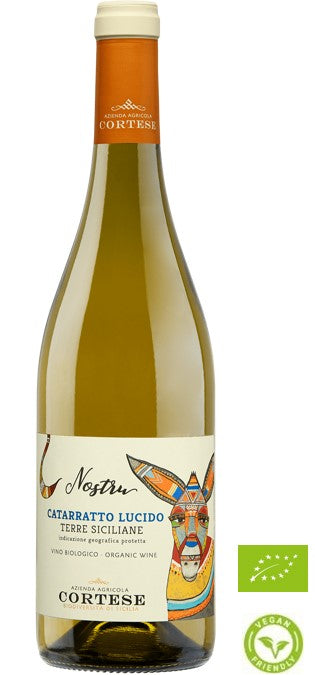 Sale
€0.00 EUR| /
Sale
€0.00 EUR| /Nostru Catarratto Lucido 2022, Cortese Terre Siciliane IGT (Sicilia)
CorteseTipología: BlancoVariedad: CatarrattoFormato: 0,75lAlcohol: 12,5% vol Consumo ideal: 2022/2024Temperatura de Servicio: 8-10°C NOTAS DE CATA Color: ...
View full details -
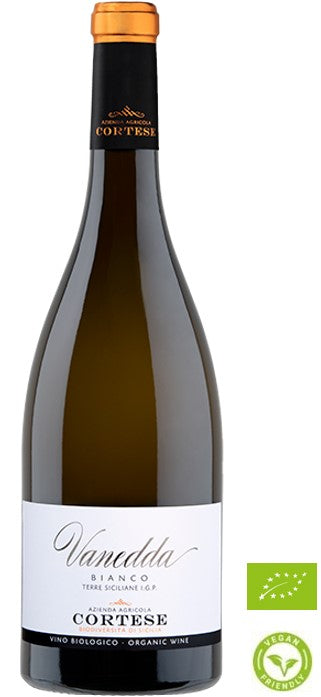 Sale
€0.00 EUR| /
Sale
€0.00 EUR| /Vanedda 2020 - Cortese, Terre Siciliane IGP (Sicilia)
CorteseTipología: BlancoVariedad: CatarrattoFormato: 0,75lAlcohol: 13,5% vol Consumo ideal: 2022/2025Temperatura de Servicio: 8-12°C NOTAS DE CATA Color: ...
View full details -
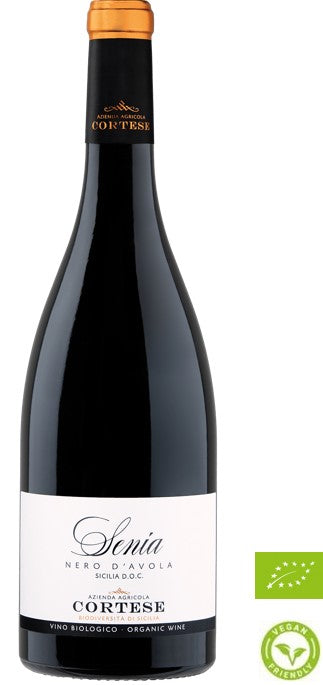 Sale
€0.00 EUR| /
Sale
€0.00 EUR| /Senia 2019 – Cortese, Terre Siciliane Nero D'Avola IGP (Sicilia)
CorteseTipología: TintoVariedad: Nero D’AvolaFormato: 0,75lAlcohol: 13,5% vol Consumo ideal: 2022/2026Temperatura de Servicio: 16-18°C NOTAS DE CATA Color...
View full details -
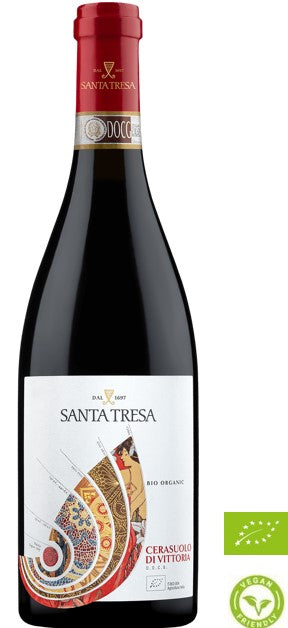 Sale
€0.00 EUR| /
Sale
€0.00 EUR| /Cerasuolo di Vittoria 2020, Santa Tresa - Cerasuolo di Vittoria DOCG (Sicilia)
Santa TresaTipología: TintoVariedad: Nero d'Avola 60% - Frappato 40%Formato: 0,75lAlcohol: 13.5% vol Consumo ideal: 2022/2026Temperatura de Servicio: 18-20°C ...
View full details -
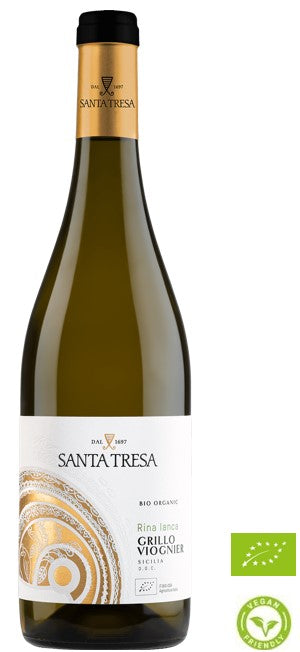 Sale
€0.00 EUR| /
Sale
€0.00 EUR| /Rina Ianca 2021, Santa Tresa - Terre Siciliane IGT (Sicilia)
Santa TresaTipología: BlancoVariedad: Grillo 70%, Viognier 30%Formato: 0,75lAlcohol: 12,5% vol Consumo ideal: 2022/2024Temperatura de Servicio: 8-10°C NOTAS D...
View full details -
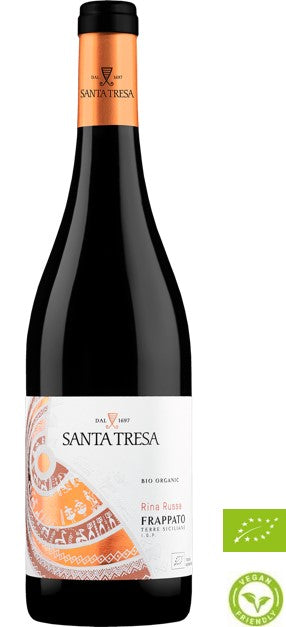 Sale
€0.00 EUR| /
Sale
€0.00 EUR| /Rina Russa 2021, Santa Tresa - Frappato Terre Siciliane IGT (Sicilia)
Santa TresaTipología: TintoVariedad: Frappato 100%Formato: 0,75lAlcohol: 13% vol Consumo ideal: 2022/2024Temperatura de Servicio: 14-16°C NOTAS DE CATA Color:...
View full details -
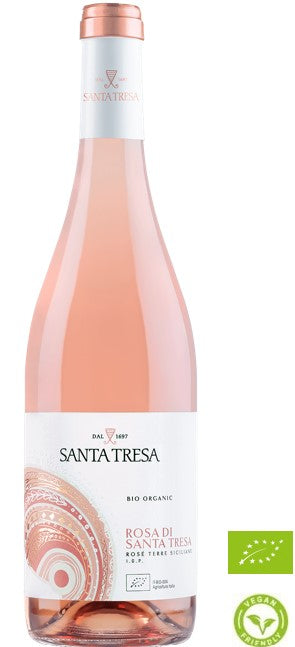 Sale
€0.00 EUR| /
Sale
€0.00 EUR| /Rosa di Santa Tresa 2021, Santa Tresa - Rosa Terre Siciliane IGT (Sicilia)
Santa TresaTipología: RosadoVariedad: 50% Nero d'Avola - 50% FrappatoFormato: 0,75lAlcohol: 13% vol Consumo ideal: 2022/2024Temperatura de Servicio: 10-12°C N...
View full details









